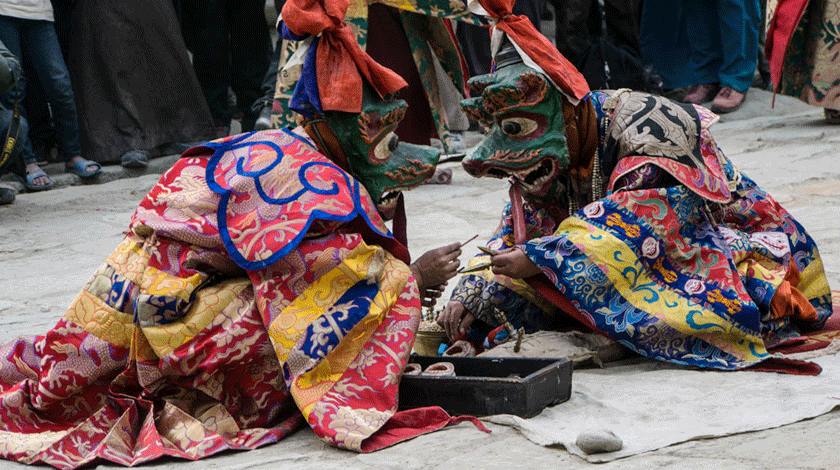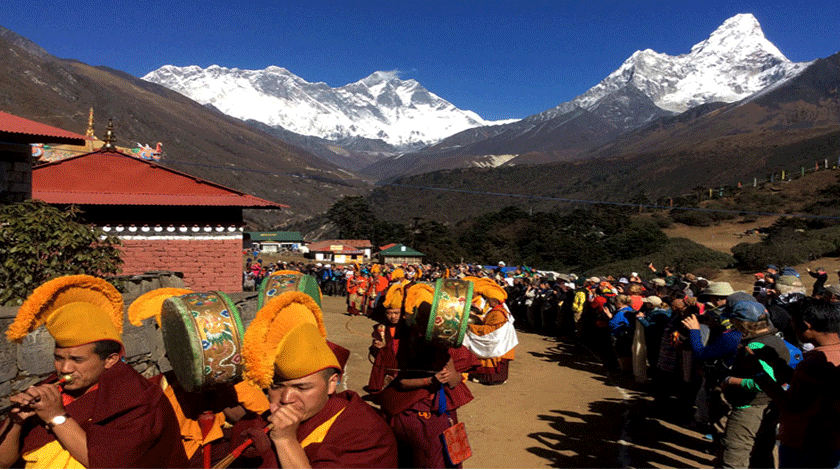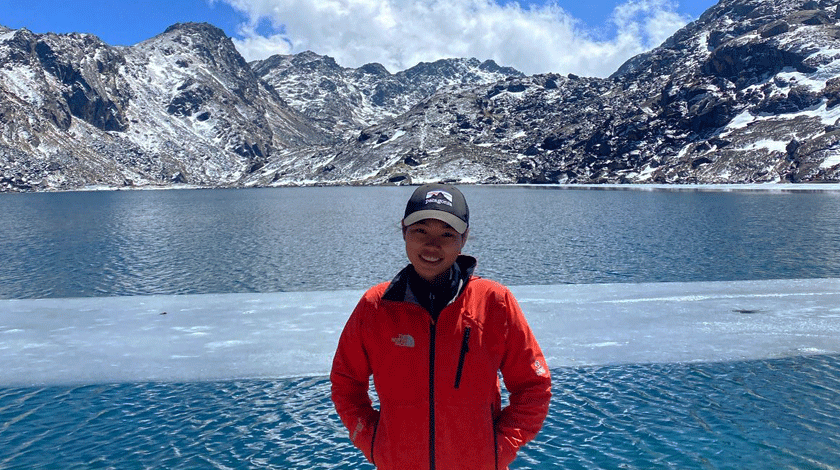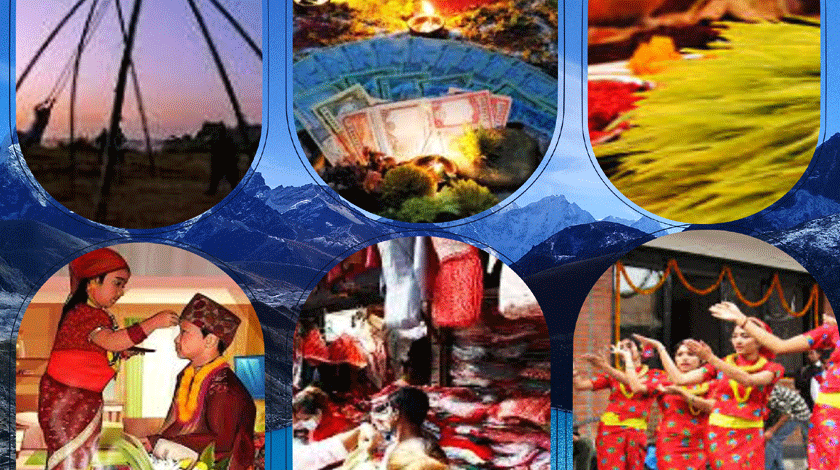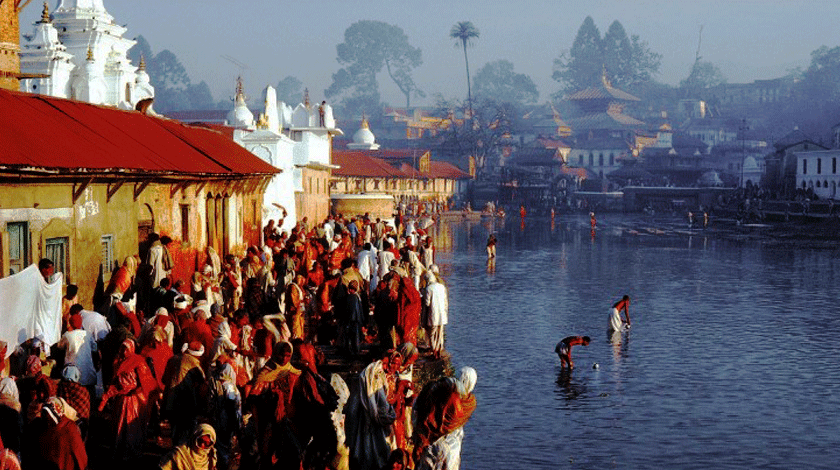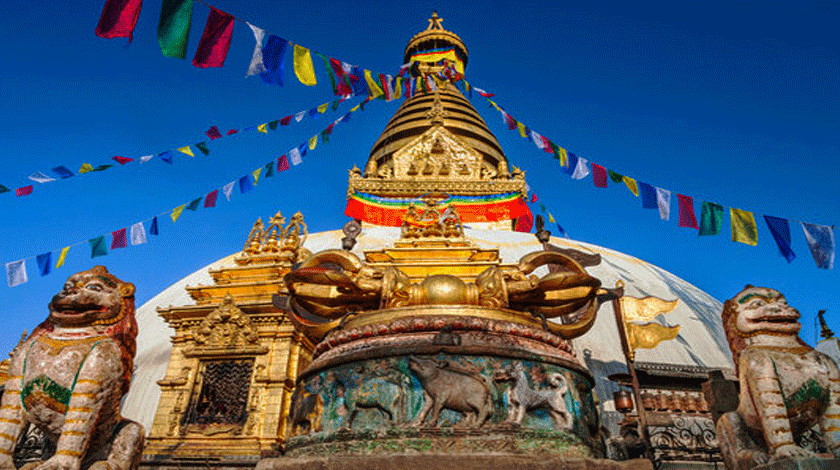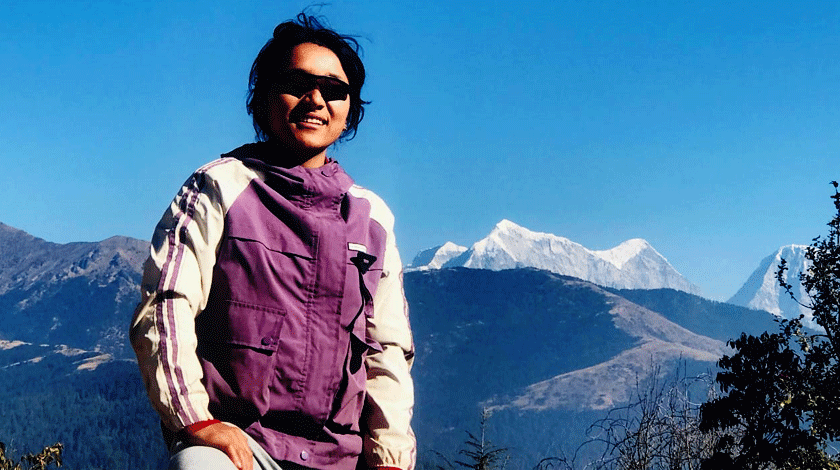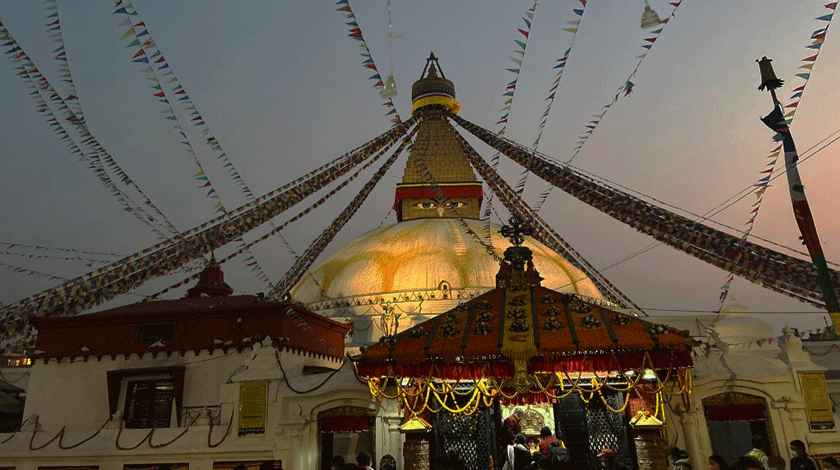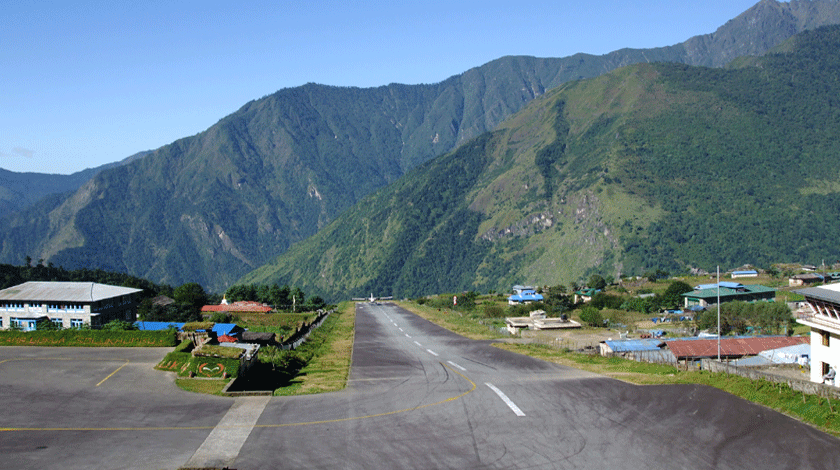What to Wear Trekking in Nepal
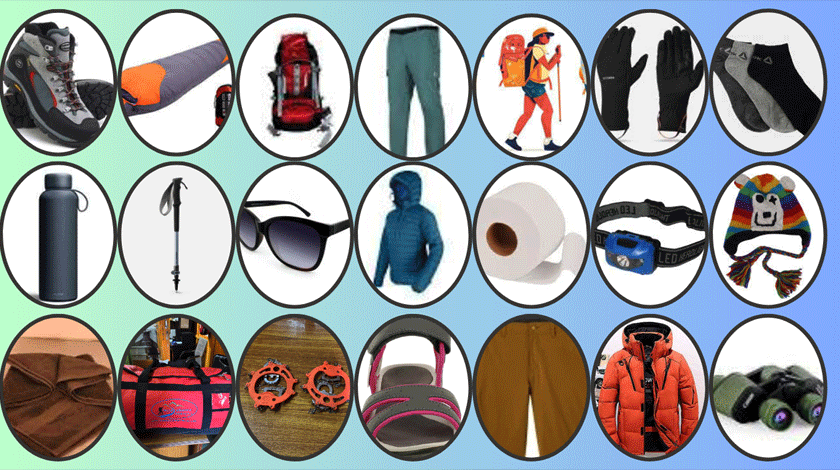
What to Wear Trekking in Nepal: A Comprehensive Guide
Trekking in Nepal offers incredible experiences, ranging from the Annapurna Circuit to the Everest Base Camp trek. These treks traverse varied landscapes, altitudes, and weather conditions, making your choice of clothing vital to your comfort and safety. This guide provides a complete overview of what to wear for trekking in Nepal and beyond, ensuring you’re fully prepared for your adventure.
1. The Basics of Trekking Clothing
Trekking involves layering. Proper layering keeps you warm, dry, and protected from changing weather conditions. The layering system comprises three main components:
1.1 Base Layer (Moisture-Wicking)
The base layer is worn next to your skin and wicks moisture away, preventing sweat from making you cold. Opt for moisture-wicking fabrics that dry quickly:
- Material: Merino wool or synthetic fabrics like polyester.
- Items Needed:
- Lightweight thermal tops (long and short-sleeved).
- Thermal leggings or tights.
1.2 Mid Layer (Insulation)
The mid-layer provides insulation, trapping heat to keep you warm. Choose based on altitude and season:
- Material: Fleece, down, or synthetic insulated jackets.
- Items Needed:
- Lightweight fleece jacket.
- Down or synthetic insulated jacket.
- Wool or fleece gloves.
1.3 Outer Layer (Weather Protection)
The outer layer protects you from wind, rain, and snow while being breathable:
- Material: Gore-Tex or other waterproof, breathable fabrics.
- Items Needed:
- Waterproof jacket with a hood.
- Waterproof pants.
2. Clothing Essentials for Trekking
Below is a detailed list of clothing essentials tailored for trekking expeditions like the Annapurna Circuit and Everest Base Camp:
2.1 Tops
- Moisture-Wicking T-Shirts: Lightweight and breathable; long sleeves recommended for sun and insect protection.
- Insulated Jacket: Essential for higher altitudes where temperatures drop significantly.
- Rain Jacket: A high-quality, packable rain jacket protects against sudden downpours.
- Softshell Jacket: Useful for windy and moderately cold conditions.
2.2 Bottoms
- Trekking Pants: Comfortable, durable, and preferably with zip-off legs.
- Thermal Leggings: Great for cold evenings or higher altitudes.
- Rain Pants: Lightweight and waterproof for rainy or snowy weather.
2.3 Footwear
Your feet endure rugged terrain, so proper footwear is essential:
- Trekking Boots: Waterproof, ankle-supportive, and well broken-in before your trip.
- Trekking Socks: Wool or synthetic to minimize blisters.
- Gaiters: Protect shoes from mud, snow, and debris.
3. Accessories and Other Wearables
3.1 Headgear
- Sun Hat: Wide-brimmed or with neck protection for shielding from intense UV rays.
- Wool Hat or Beanie: Retains body heat in colder regions.
- Buff/Scarf: Protects from wind, dust, and cold.
3.2 Gloves
- Inner Gloves: Lightweight for mild conditions.
- Outer Gloves: Waterproof and insulated for extreme cold.
3.3 Eyewear
- Sunglasses: UV-protective, especially for higher altitudes.
- Snow Goggles: Useful for snowy or high-glare conditions.
3.4 Other Accessories
- Trekking Poles: Provides stability and reduces knee strain.
- Backpack Rain Cover: Protects your gear from rain.
- Thermal Gloves: Handy for freezing zones.
4. Seasonal Considerations for Trekking
Nepal’s trekking seasons vary in weather and trail conditions. Here’s what to keep in mind:
4.1 Spring (March to May)
- Warm days but cold nights above 3,000 meters.
- Pack light clothing for the day and warm layers for the evening.
4.2 Monsoon (June to August)
- Expect rain in lower elevations and cloudy weather in higher regions.
- Waterproof outer layers and quick-dry clothing are essential.
4.3 Autumn (September to November)
- Mild temperatures with clear skies; ideal trekking weather.
- Pack a balanced mix of warm and light clothing.
4.4 Winter (December to February)
- Extremely cold, especially above 3,500 meters, with temperatures dropping below -20°C.
- Insulated jackets, thermal layers, and windproof outer layers are crucial.
5. Special Considerations for Altitude
At higher altitudes, conditions become more extreme:
- Layering: Bring more layers than anticipated.
- Insulated Pants: Useful during resting periods or extreme cold treks.
- Balaclava/Mask: Helps with breathing and protects against wind chill.
6. Packing Tips for Trekking Clothes
6.1 Pack Light but Efficiently
- Choose multi-functional items.
- Avoid overpacking to minimize the load on yourself or porters.
6.2 Layer Strategically
- Start cold, as you’ll warm up within 10-15 minutes of trekking.
- Keep outer layers and warm clothing in your daypack for easy access.
6.3 Organize Smartly
- Use dry bags or packing cubes to separate clean and dirty clothes.
- Keep rain gear accessible at the top of your bag.
7. Recommended Brands for Trekking Gear
- Base Layers: Icebreaker, Patagonia, Smartwool.
- Mid Layers: The North Face, Columbia, Arc’teryx.
- Outer Layers: Gore-Tex, Black Diamond, Montbell.
- Footwear: Salomon, Merrell, La Sportiva.
- Socks and Accessories: Bridgedale, Darn Tough, Buff.
8. Ethical and Sustainable Choices
- Eco-Friendly Choices: Opt for eco-conscious brands and materials.
- Plastic-Free: Avoid single-use plastics on the trail.
- Cultural Respect: Dress modestly in local villages.
Final Thoughts
Understanding what to wear for trekking is crucial for a safe, comfortable, and enjoyable journey. Always consider the region, altitude, season, and your comfort preferences when choosing trekking gear. At Nepal Wilderness Trekking Pvt. Ltd., we’re here to offer expert guidance and tailored packages for your adventure. Dress wisely, and let Nepal’s majestic landscapes reward you with unforgettable memories.


